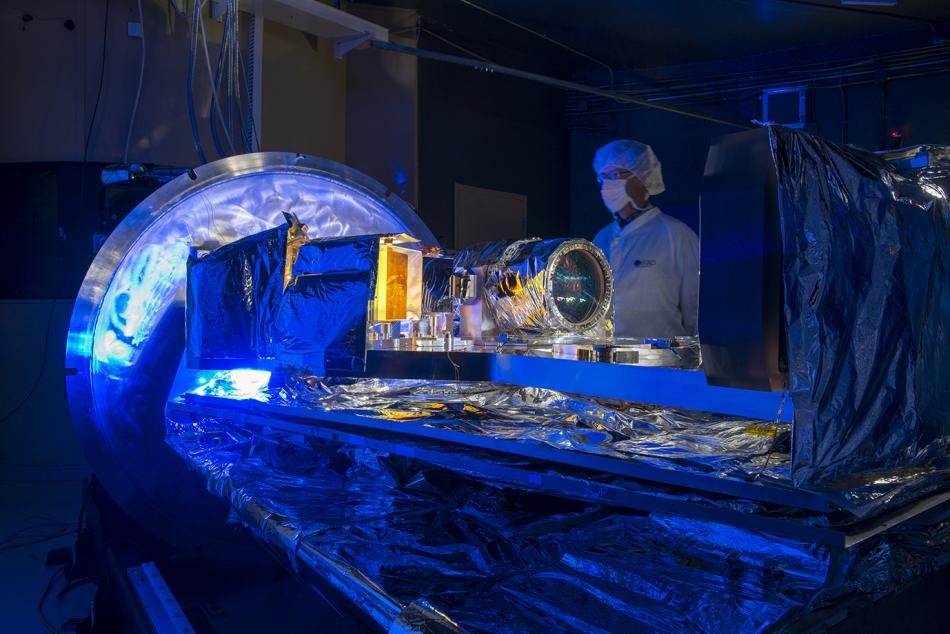An international team of researchers has announced the discovery of a previously unknown exoplanet. It orbits the star TOI-1695, located 145 light-years from the Sun.

TOI-1695 is a red dwarf which mass and radius are approximately 54% of the mass and radius of the Sun. During the analysis of data collected by the TESS space telescope, the researchers could detect periodic changes in the brightness of the star caused by transits of an invisible companion with a period of 3.1 days. Its radius was estimated at 1.8 Earth radii, and the equilibrium surface temperature at 350 °C.
To confirm the existence of this body, astronomers used the SPIRou infrared spectropolarimeter installed on the Canada-France-Hawaii telescope. In the course of subsequent observations, they were able to confirm the existence of an exoplanet spotted by TESS. However, its radius turned out to be larger than the initial estimates. According to SPIRou, it is 2 times the radius of the Earth with a mass of 5.5 terrestrial. This gives an average density of 3.6 g/cm3, which is noticeably less than that of our planet.
The newly discovered world was classified as a sub-Neptune. These include bodies that have rock cores surrounded by massive shells consisting of substances such as hydrogen, helium and water vapor. There are no analogues of such planets in the Solar System, which explains the increased interest in them from astronomers. Studying them, they are trying to understand why, with a similar mass, rocky super-Earths and gas sub-Neptunes differ so much from each other in their structure and chemical composition.
Recall that astronomers recently found an exoplanet in a polar orbit.
According to https://phys.org
Follow us on Twitter to get the most interesting space news in time
https://twitter.com/ust_magazine

